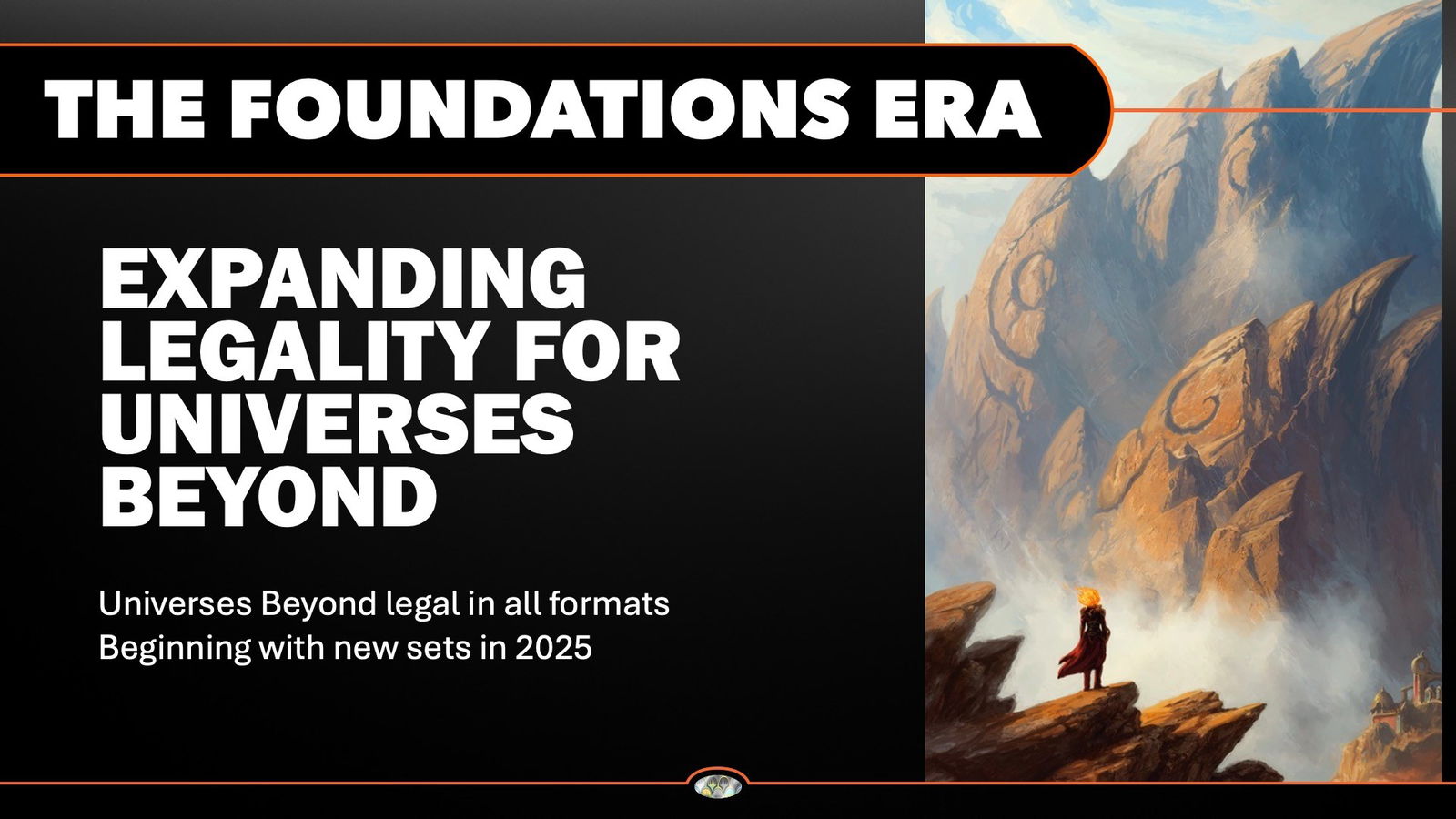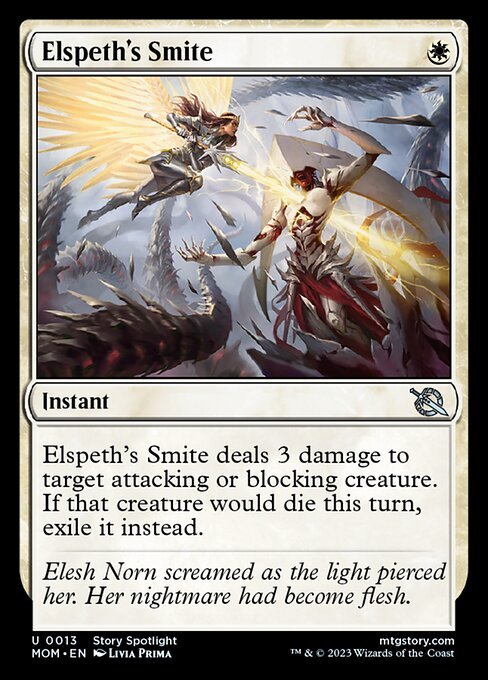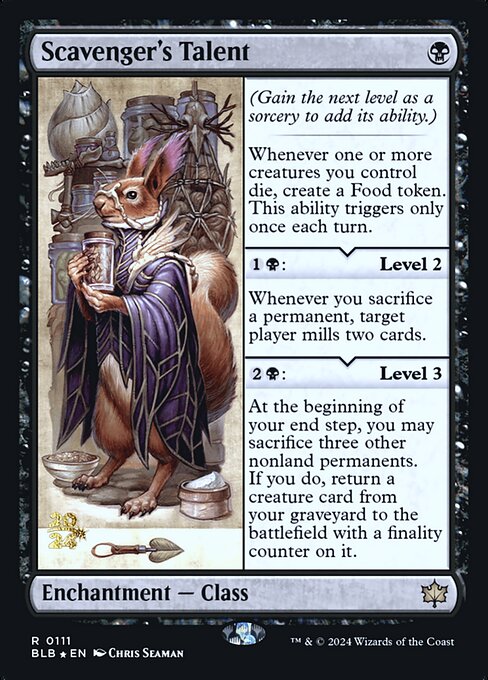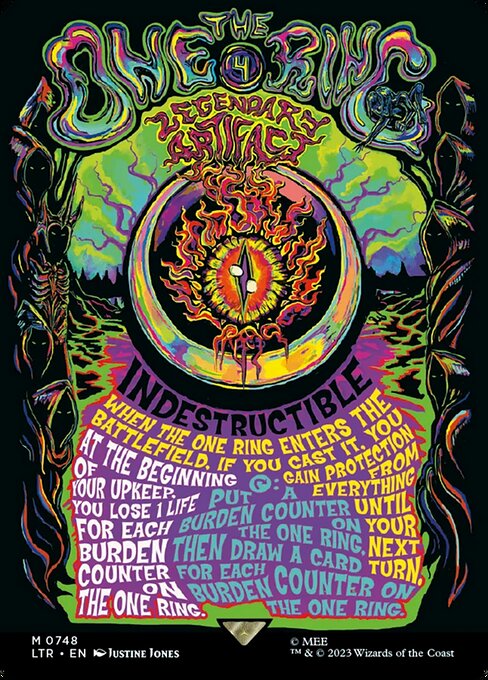UB Tentpole Sets Coming to Standard: We Heard You Like Cards

Are you guys ready for Sheoldred to fight Spider-Man? How about Squall teaming up with Elspeth for a combat beatdown? Well, that is exactly what everybody is expecting to happen at this point with the MTG announcement that Tentpole UB sets will be legal in Standard. Meaning, Standard will be shifting to a total of six Standard sets per year. With 18 sets legal post-rotation (up from our current 5-8), this is essentially looking at Pioneer-lite, except it is going to become much worse.
For me personally, the most concerning aspect isn't even the format dilution. It's how this acceleration affects competitive deck refinement. Take our current setup - a typical Standard deck goes through multiple iterations per set release so long as the replaced niche is good enough, even if no sets are rotated out.
Well... there are some things that never change, of course.
The current Boros and “Rakdos” decks demonstrate this perfectly: what started as a shell of simple aggro beatdown with burn to either clear the way or finish the game, ended up transforming into this “react or die” two-turn meta. As crazy as that sounds already right now, that mutation window would become even more grotesque when new mechanical frameworks drop every two months.
The economy implications run deeper than just "more sets means more spending." Arena's reward structure was calibrated around quarterly releases - daily wins, quest gold, and wildcard acquisition rates all assumed a specific pace of collection building. Jumping to six sets yearly doesn't just strain this system; it fundamentally breaks the acquisition model. When a competitive deck requires 30+ rares and you're getting those rares 50% faster with no increase in resource generation, maintaining multiple viable decks becomes mathematically impossible without significant spending.
On a related note, tournament preparation takes an especially interesting hit. Current competitive testing focuses on understanding established archetypes and their variations. Even something as simple as Duress Deep-Cavern Bat, for instance, creates specific deckbuilding constraints - you either have adequate early interaction or risk losing the early advantage before stabilizing. These pressure points traditionally get addressed through gradual meta evolution. But when half your testing data becomes obsolete every eight weeks while introducing completely new mechanical systems? Traditional preparation models collapse.
Naturally, this also impacts evaluation. Leyline of Resonance's recent impact on BO1 reminds us that there will always be room to warp format dynamics, even on a very limited subset of the format. Now multiply that complexity when evaluating threats from completely different mechanical ecosystems every other set (originally supposed to be designed for other formats). The premium on flexible answers skyrockets, but those answers need to interact efficiently with both traditional MTG mechanics and whatever new systems UB introduces.
Format stability suffers accordingly. When problematic interactions can come from multiple mechanical frameworks simultaneously, ban list management becomes exponentially more complex.
On the flip side, you never know when your underused card would suddenly rise the meta ranks.
The resource management puzzle gets particularly nasty in paper. Which is ironic, given that this very move was conceptualized to revitalize the most local playable formats. Arena players can at least grind dailies, but paper Standard faces unprecedented accessibility hurdles. Local metas barely have time to establish before the next set drops. Testing groups need to constantly acquire new cards just to maintain basic competitive viability. Heck, even card availability becomes problematic. Since release windows compressed, the time between set release and major tournaments shrinks dramatically.
Sideboard construction exemplifies this complexity perfectly. When it comes to universal staples (not related in shifting the strategy of the deck itself), traditional sideboards always go straight for competitive threats. For MTG, that may mean graveyard hate for recursion strategies, artifact removal for equipment/treasure builds, and so on.
When you need to hedge against multiple mechanical frameworks simultaneously, those fifteen slots become increasingly inadequate. Do you prepare for established threats or save space for whatever the latest UB set might require? Resurging sideboard staples like Anoint with Affliction and Temporary Lockdown shows how challenging this balance already is, and that's before factoring in UB mechanics.
Very recent good Standard selections, which also became considerable favorites in Pioneer and Explorer
Outside Standard, though, the acceleration actually makes eternal formats more appealing from a competitive standpoint. Modern and Pioneer may have larger card pools, but their meta evolution follows predictable patterns. The initial investment is higher, but it's more stable than constantly chasing Standard's accelerated cycles. Plus, eternal formats have established frameworks for absorbing new mechanics. Standard will be building those frameworks on the fly while simultaneously trying to maintain competitive balance in the next few months or years.
The "solved meta" concept effectively disappears under this model. When solutions have shorter shelf lives than testing periods, format mastery requires fundamentally different skills. Quick adaptation becomes more valuable than deep archetype expertise. We're looking at a format where understanding broad strategic concepts trumps specific card mastery, simply because those specific cards might be obsolete before you've finished acquiring them. Not a bad idea in paper, but don’t be surprised at how much Standard will be unrecognizable very soon.
To errata or not errata. That is the (paper) question.
For me, the real question isn't whether UB belongs in Standard thematically; it's whether Standard can maintain any semblance of build n’ play integrity under this acceleration. The format's role as the most accessible competitive environment in MTG seems increasingly at odds with both the pace and complexity of what's coming. When your format-defining deck might become obsolete before you've even finished getting the wildcards, traditional competitive layouts need serious reconsideration.
Conclusion: Opinion Discarded
Ah well, what am I even blabbering about? Let's just treat Standard next year as the new Pioneer. Meta adaptation problem solved.
About ChrisCee:
A witness since the time the benevolent silver planeswalker first left Dominaria, ChrisCee has since went back and forth on a number of plane-shattering incidents to oversee the current state of the Multiverse.
"Target bird is no longer available. Please leave a message after the last bounce."











